It’s time for the reign of the almighty kale to come to an end. In 2014, kale hypnotized us with its leafy, healthy goodness. Any and every method of consumption was acceptable, from kale facial masks to chocolate kale fudge pops. But now that 2014 has come to an end, it is time to turn the spot light elsewhere.
Enter 9 leafy vegetables that are healthier (yes, healthier) than kale.
The Center for Preventing Chronic Disease released a report ranking fruits and vegetables based on nutrient density. Kale was ranked number 15 – not too bad, but not good enough to maintain its leafy green throne…because if you’re not first among the veggies, you might as well be last, right?
These nine leafy greens aren’t denying that kale boasts big health benefits, they’re just reminding us that kale is not really the freshest kid on the block.
SuperGreen Number 9: Romaine Lettuce
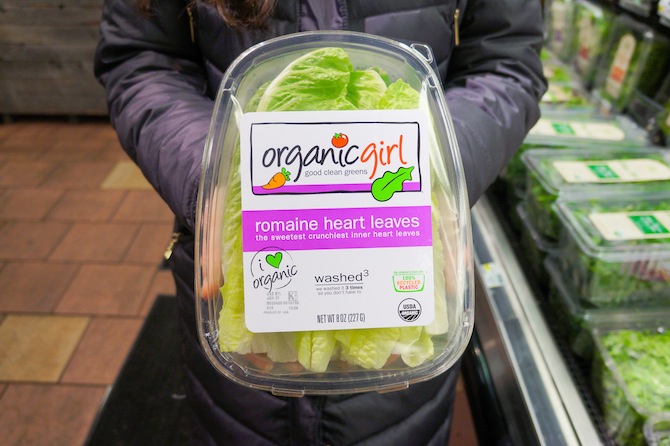
Photo by Santina Renzi
If you’ve ever considered romaine to be the most boring of all leafy greens at the salad bar, you’re not alone. But you are wrong. Romaine is packed with high levels of antioxidants that give the lettuce cancer-fighting powers.
The fluffy leaves also contain high levels of folic acid, a form of vitamin B, which can aid in fighting depression and work to boost male fertility. Not looking for a baby daddy at the moment? You might consider keeping your man away from the romaine.
SuperGreen Number 8: Parsley
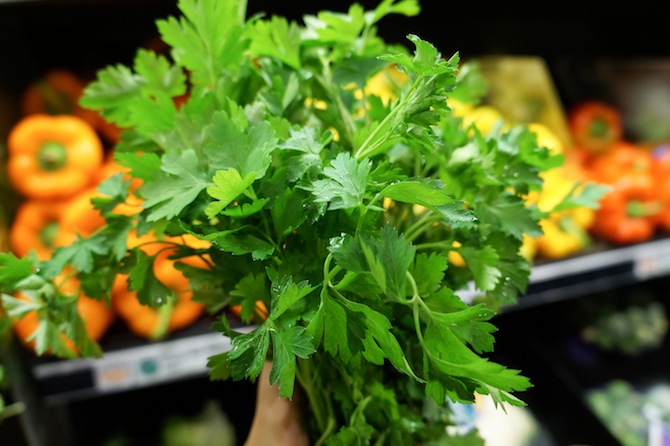
Photo by Santina Renzi
You’ll probably encounter parsley at any one of your Italian restaurants of choice, sprinkled delicately atop your heaping bowl of pasta or pizza pie. Next time you’re about to scrape it off to the side, don’t. These small leaves are full of vitamin K, which promotes bone health.
Like other leafy greens, parsley is full of antioxidants to fight disease. You should also consider this plant a friend if you are looking to cut back on your food intake— studies suggest that the aroma associated with parsley can work to curb your appetite.
SuperGreen Number 7: Leaf Lettuce
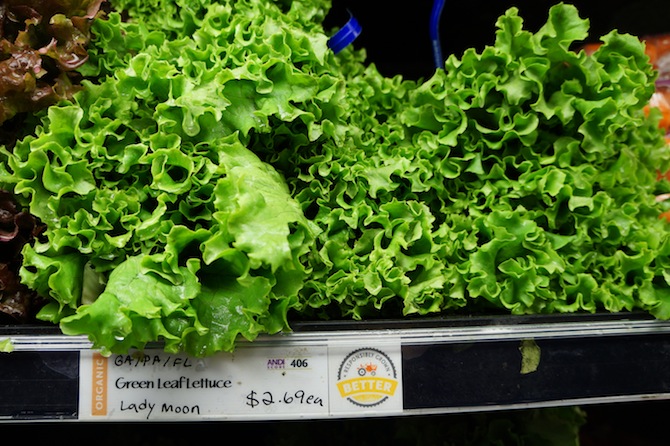
Photo by Santina Renzi
The classic leaf lettuce is calling out to be recognized in its full glory. Just two cups of leaf lettuce provides you with 100 percent of your daily recommended vitamin K intake. What does vitamin K do, you ask? It promotes strong bones and prevents fractures and other bone damage later in life.
SuperGreen Number 6: Chicory (a.k.a. Curly Endive)
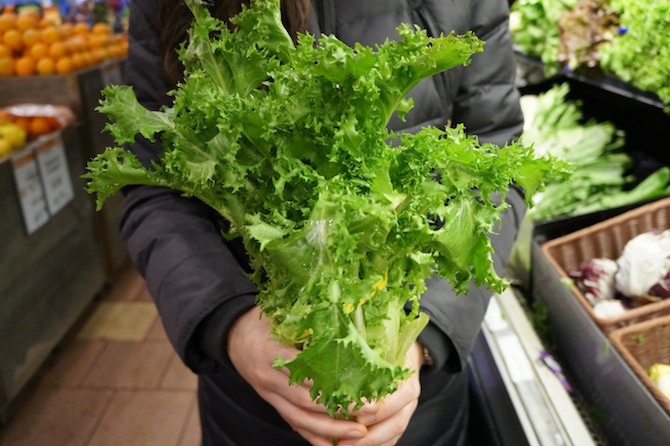
Photo by Santina Renzi
You may have encountered chicory before without even knowing it, especially if you’re a coffee drinker. The chicory root is often ground, roasted and added to coffee to enhance the richness of the flavor.
Chicory has also been known for its medicinal properties for thousands of years, with usage dating back to the time of the Ancient Egyptians. Today, chicory is often used as an appetite stimulant, a means to lower cholesterol and it is even believed to help prevent osteoporosis.
SuperGreen Number 5: Spinach
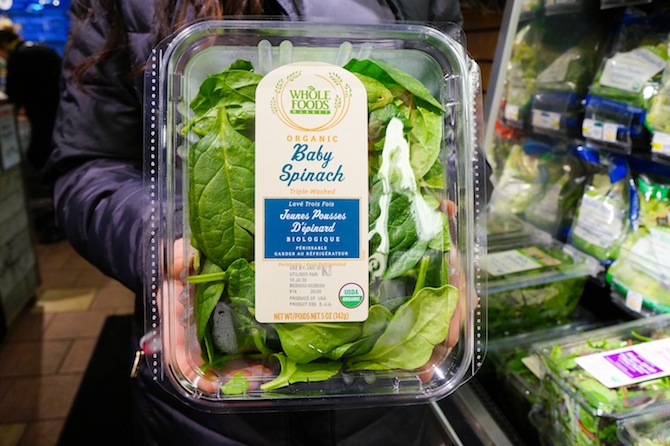
Photo by Santina Renzi
The meek and mild spinach is not one to mess with at number five. According to the United States Department of Agriculture, 180 grams of boiled spinach contains 6.43 mg of iron, an essential nutrient that your body cannot produce on its own. Spinach is also the perfect green to add to your smoothie to boost its nutritional value because its mild flavor will let your other ingredients shine. (You can try this recipe to get started.)
SuperGreen Number 4: Beet Green
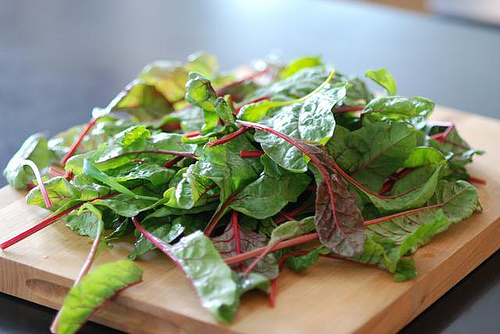
Photo Courtesy of www.cookthink.com
Beet green is the leafy green super food that is often, unrightfully, overshadowed by its juicy lower half – the beet root. It’s time to stop banishing beet greens to the garbage and start giving them some lovin’. The leaves pack a powerful punch of fiber with 5 grams per cup, not to mention they will look beautiful in your salad.
Super Green Number 3: Chard
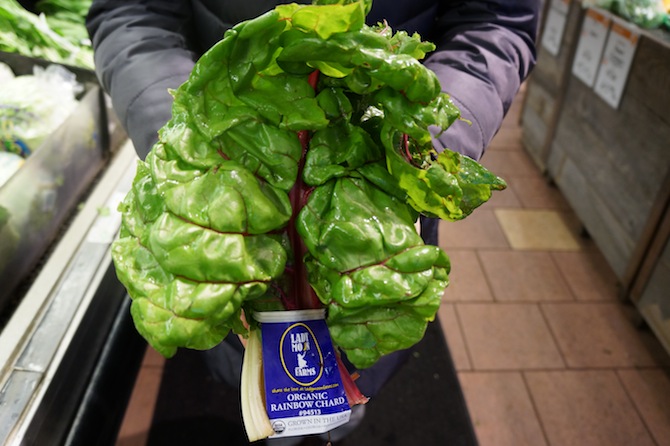
Photo by Santina Renzi
Chard… not charred. While number three does not win any awards for the most appealing name, it is very close to the win for healthiest green. One major weapon in chard’s arsenal is that it’s equipped to fight type 2 diabetes.The vegetable contains 13 different polyphenol antioxidants, including anthocyanins (anti-inflammatory compounds that have been shown to lower insulin resistance and improve regulation of glucose in the blood).
SuperGreen Number 2: Chinese Cabbage

Photo Courtesy of www.sakatavegetables.com
The runner up for healthiest vegetable is the Chinese cabbage and for a good reason. A study published in The Journal of the Academy of Nutrition and Dietetics showed that out of 100 women, those who ate the most greens (like Chinese cabbage) had 13% less inflammation than women who did not eat super-greens. This is due to the cabbage’s ability to deactivate certain inflammation markers throughout the body that are thought to promote heart disease. More cabbage = less inflammation = less heart disease. Simple math.
SuperGreen Number 1: Watercress
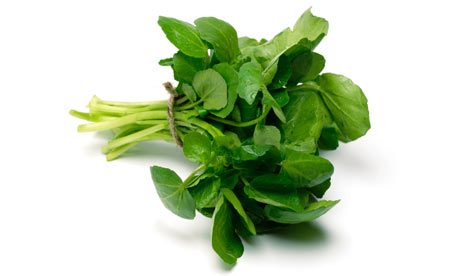
Photo Courtesy of www.theguardian.com
Watercress is sitting pretty, looking down upon all of her vegetable minions, as the head bitch in charge. Ranked with a nutrient density score of 100, watercress has a right to brag about her elevated status among the greens. Gram per gram, this plain looking green contains four times more beta carotene than an apple, not to mention it provides 100 percent of your daily recommended intake of vitamin K. These two components work keep your skin looking fresh and glowing.
This fountain of youth vegetable can also help to keep you alive: watercress is rich in PEITC, an isothiocyanate that has been found to fight the progression of cancer and prevent DNA damage. Heat may damage the PEITC component of watercress, so just throw it into your salad bowl raw and eat to your heart’s content.
Check out these SuperGreen recipes:

